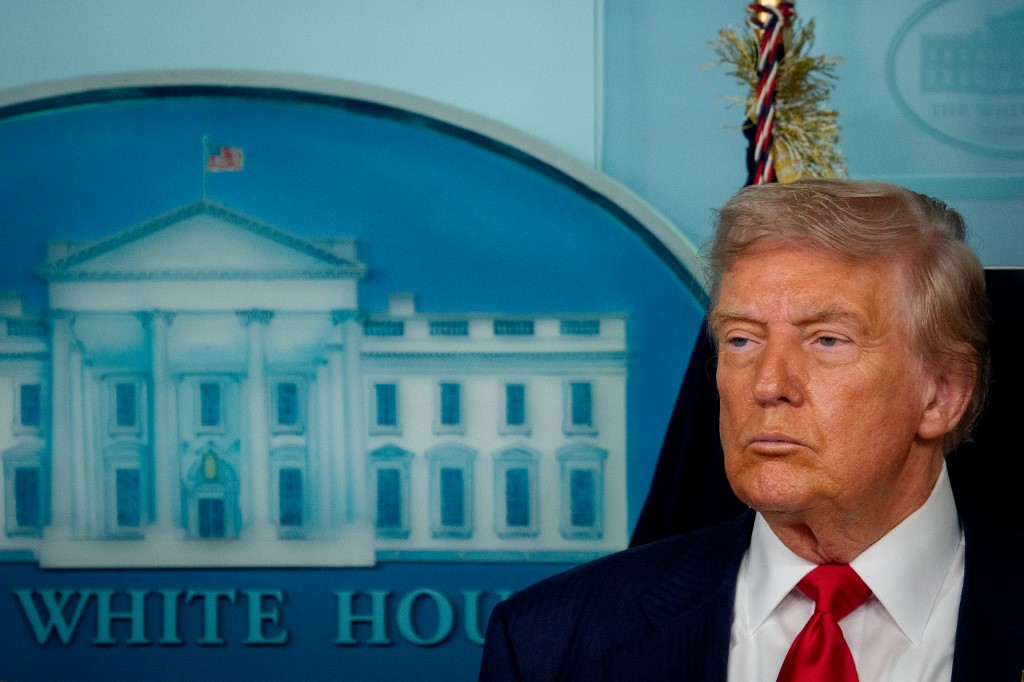Our capital, San José, came under scrutiny today after the U.S. president placed it on a list of cities described as having some of the worst crime rates. The remarks were made while announcing sweeping security measures in Washington, D.C., including putting the capital’s police under federal control and deploying 800 National Guard troops to address what was described as rampant lawlessness.
The new strategy was presented as a way to crack down on gangs, violent offenders, and drug activity in the capital. Local policies such as no cash bail were criticized as contributing to the situation, with claims they have made it harder to keep dangerous offenders off the streets.
Washington, D.C., was compared to cities such as San José, Bogotá, Panama City, Lima, and Mexico City, with accusations of widespread crime and heavy drug trafficking in these locations. Data presented alongside the announcement showed Washington’s homicide rate at 27.5 per 100,000 residents in 2024, while San José’s was listed at 13 per 100,000.
The comparison quickly drew strong reactions in Costa Rica, where many argue the crime situation in San José does not match the image painted. While crime remains a concern, the city’s problems are often seen as less severe than those in larger metropolitan areas known for entrenched drug and gang conflicts.
In reality, crime trends in both cities are more complex. Violent crime in Washington reached a 30-year low in 2024, though the perception of rising violence remains a point of political contention.
Cooperation between Costa Rica and the United States on security and anti-drug efforts continues, with joint operations and support from agencies such as the FBI and DEA. The debate over how cities are portrayed remains contentious, with public safety statistics often interpreted through sharply different political lenses.






